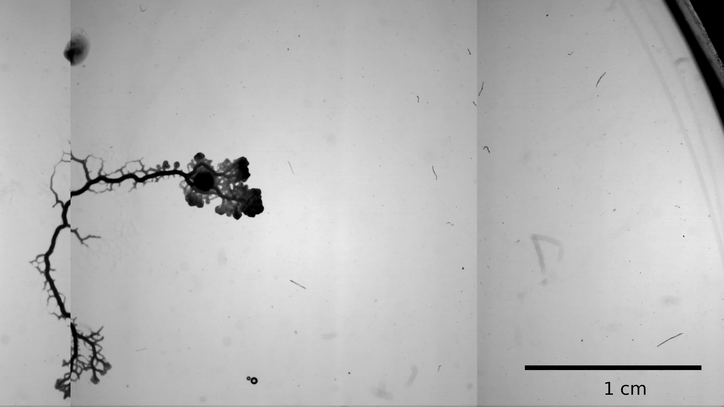
22 in the journal Proceedings of the National Academy of Sciences, shows that the diameters of these branching tubes can encode information, such as where the slime mold has recently found food.
This basic form of memory may help slime molds solve complex puzzles, such as finding the fastest route to food or the shortest path through a maze, senior author Karen Alim, an associate professor of biological physics at the Technical University of Munich, told Live Science in an email. .But even after gobbling down every morsel of food, the slime mold hangs on to the cluster of thick tubes, leaving a long-lasting "imprint" of where the food was once located, the authors wrote.For instance, if more food crops up near the thick, imprinted tubes, the slime mold is already prepped to spread in that direction, and that imprinted "memory" becomes reinforced.
And just like connections in the brain, slime mold "memories'' can grow weaker if they're not reinforced, Alim added."Memories vanish when tubes retract and vanish" into the larger slime mold, Alim said.
Past studies of slime molds also hinted that the "slime mold network adapts to external cues and that the network could be used as a read-out of what the slime mold experienced," said Audrey Dussutour, a researcher who studies cognitive processing in ants and slime molds at the University of Toulouse in France.However, while scientists know what pheromones ants secrete to lay their trails, it's uncertain what signal tells tubes to widen and others to shrink, Alim said. .polycephalum, the authors suspect that the slime mold produces some soluble substance upon sensing food and that this substance causes the tubes closest to the food to soften and stretch.
In addition, "the next step is to ask how many memories can be stored in a network and if we can transfer the mechanism to synthetic systems to build smart materials," Alim said